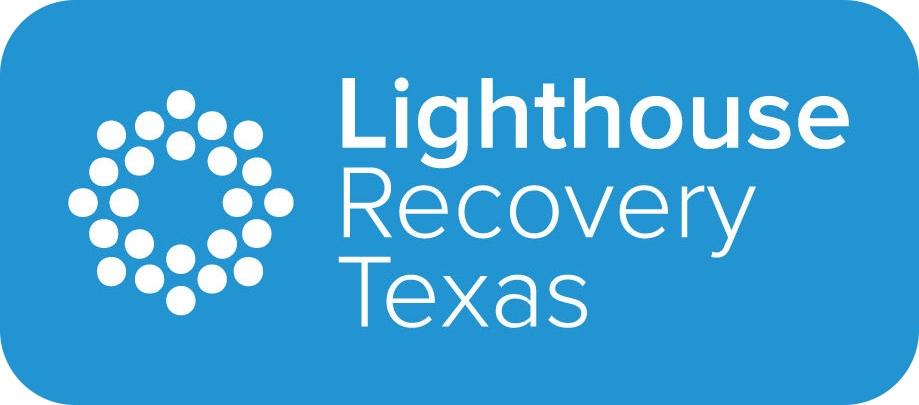Medical detox is the safest way to rid your body of addictive substances. Being monitored by a medical professional and having access to treatment while going through withdrawal can reduce symptoms and the risk of relapse. According to Alcohol Health and Research World, “The immediate objectives of alcohol [or drug] detoxification are to help the patient achieve a substance-free state, relieve the immediate symptoms of withdrawal, and treat any comorbid medical or psychiatric conditions.” Lighthouse Recovery Texas can help clients continue moving forward in their recovery after detox by offering a range of treatment programs.
What Is Medical Detox?
Medical detox is often the first stage of treatment and recovery for individuals recovering from substance use disorder (SUD). Detox services also help clinicians provide a more accurate diagnosis of any co-occurring conditions. According to researchers, “Many psychiatrists agree that diagnoses for comorbid psychiatric conditions cannot be made until patients have been detoxified from abused substances and observed in a drug-free condition for three to four weeks since many withdrawal symptoms mimic those of psychiatric disorders.”
Medical detox usually involves a combination of the following:
- Prescription medication to minimize the severity of symptoms
- Monitoring by addiction recovery specialists
- Access to individual and group therapy
- Support from clinicians, peers, and support staff
The withdrawal symptoms will depend on a wide range of factors, including the type of substance, how long it has been misused, and the dosage. A comprehensive admissions assessment ensures the care team can more easily determine what detox services will benefit each client. Detox is different for everyone. However, professional treatment can significantly reduce the amount of discomfort you may experience.
What Treatments Are Used During Medical Detox?
You will collaborate with the care team to determine which treatment options you can take advantage of during and after detox. The detox stage usually takes between several days and several weeks, during which time you will have access to the following:
- Cognitive-behavioral therapy (CBT)
- Medication-assisted treatment (MAT)
- Additional alternative holistic therapies
Lighthouse Recovery Texas offers a variety of non-residential treatment services. The clinical team will schedule daily treatment sessions to reduce symptoms and increase the effectiveness of therapy. Studies have shown, “These outpatient services are designed to treat the patient’s level of clinical severity, to achieve safe and comfortable withdrawal from mood-altering drugs (including alcohol), and to effectively facilitate the patient’s engagement in ongoing treatment and recovery.”
Lighthouse Recovery Texas encourages clients to actively participate in their recovery. You can discuss your goals with the care team, and they can help you choose which treatment options will provide you with the best outcomes after detox.
How Long Do Symptoms Last?
The symptoms of detox can last anywhere from a few days to weeks. In rare cases, clients may experience post-acute withdrawal syndrome (PAWS), which may cause them to experience persistent withdrawal symptoms over an extended period.
You may experience a range of symptoms or side effects during detox ranging from mild to severe. Most people experience multiple temporary physical and psychological side effects. The most common lingering symptoms of detox and withdrawal include:
- Mood changes, including depressive symptoms or anxiety
- Uncharacteristic irritability
- Sleep disturbances, including insomnia
- Difficulty concentrating
- Unusual restlessness
- Fatigue
After detox, you can work with your care team to address any persistent symptoms or side effects. In some cases, the symptoms are actually related to co-occurring mental health disorders. After detox, clients often undergo another round of assessments to determine if the SUD symptoms hid any underlying issues or comorbidities.
What Happens After Medical Detox?
Medical detox is often uncomfortable and emotionally destabilizing. The next stage of treatment focuses on improving emotional stability and managing lingering symptoms of SUD, including:
- Intrusive thoughts
- Compulsions
- Impulsivity
- Cravings
- Self-destructive behaviors
- Anxiety
- Depression
Physical side effects like muscle aches, headaches, or tremors usually stop after several days. However, the cravings and mood symptoms can last for months. Individualized care that combines therapy, prescription medication, and peer support helps clients recover from the symptoms of withdrawal. The care team can help you identify and treat symptoms of SUD after you complete detox.
What Are the Levels of Care at Lighthouse Recovery Texas?
After detox and withdrawal, you will need to move to the next stage of recovery, which usually means a lower level of care. Lighthouse Recovery Texas offers the following programs to clients who have completed medical detox:
- Partial hospitalization (PHP)
- Intensive outpatient (IOP)
- Outpatient
- Sober living
Each level of care offers greater independence as you grow and heal. The clinical team will guide you through learning to manage your condition. You can move at your own pace and choose which treatment programs will best meet your needs. Most people spend six months or more in treatment after detox before transitioning to aftercare.
Medical detox is the safest way to go through withdrawal from drugs or alcohol. Most clients experience severe symptoms for a brief period within the first few days, and then it quickly tapers off. The detox stage can last several days or weeks and is the first step toward long-term recovery. After that, you will have an opportunity to spend more time in individual and group therapy sessions. The symptoms of detox can linger for some people. Lighthouse Recovery Texas uses evidence-based methods to help clients manage their symptoms and move on to the next stage of recovery. To learn more about our programs and services, call our office today at (214) 396-0259.





